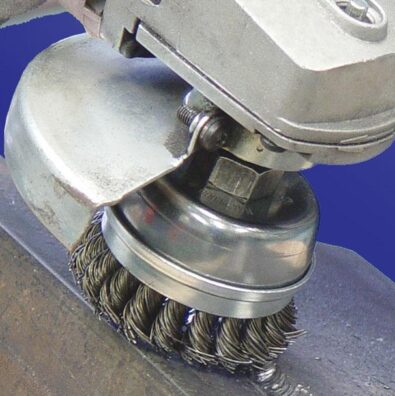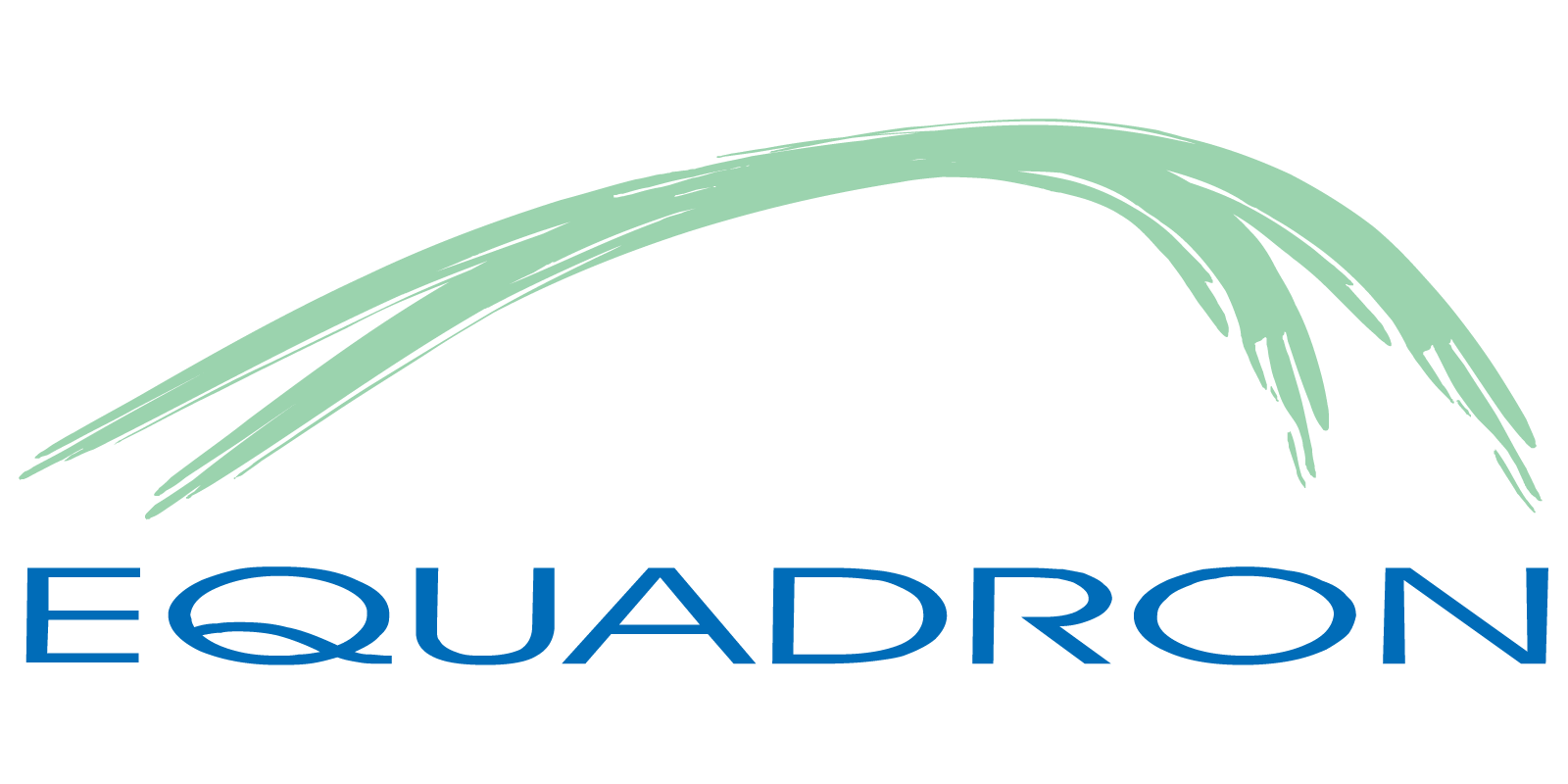According to the SSPC SP3 standard, “power tool cleaning is a method of preparing steel surfaces by the use of power-assisted hand tools. Power tool cleaning removes all loose mill scale, loose rust, loose paint, and other loose detrimental foreign matter. It is not intended that adherent mill scale, rust, and paint be removed by this process. Mill scale, rust, and paint are considered adherent if they cannot be removed by lifting with a dull putty knife”.
SP3 is a useful standard to clean areas that are unfeasible to clean using any other standard due to limitations such as hard-to-reach areas or safety. Some coatings are engineered to adhere to surfaces prepared with power tools. These coatings are called surface tolerant and according to AMPP (formerly NACE), a coating system using two coats of surface tolerant epoxy (STE) and one coat of polyurethane could last up to 12 years in an ISO 9223 C5 environment (very high corrosivity).
Unfortunately, most coating products’ performance highly depends on substrate cleanliness to achieve their expected service life. Coatings adhere to substrates both chemically and mechanically. A surface prepared using SP3 may have mill scale, rust, and paint which could compromise the primer chemical adhesion. It is also a possibility that the power tool polishes the substrate instead of roughening compromising the mechanical adhesion.
For these reasons, double-check that your primer can tolerate power tool cleaning. Otherwise, the whole coating system may fail.

